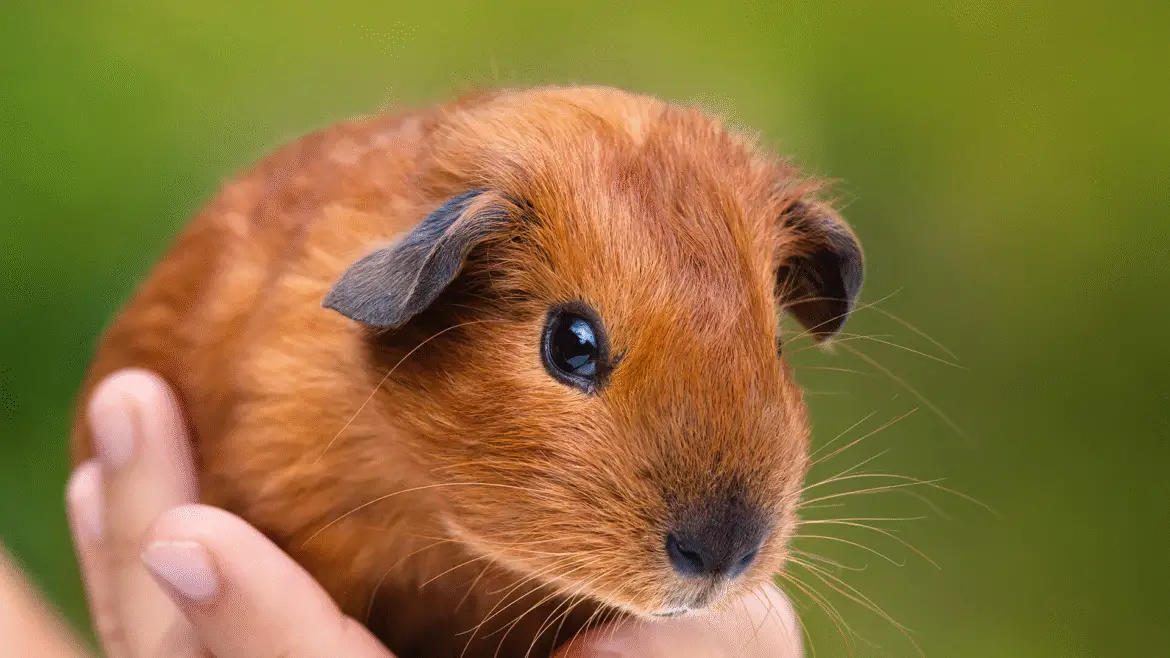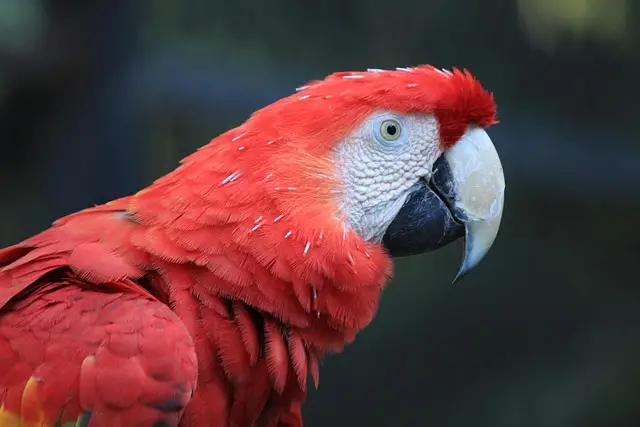Guinea pigs are small and adorable animals, often kept as pets. They have soft fur, short legs, and no tails. They make silly noises and enjoy eating vegetables. However, there is an oddity with their name. They are neither pigs, nor do they come from Guinea. So why are they called “guinea pigs”?
In this article, we will focus on the history of this name. We will also learn where guinea pigs actually come from, what they are, and why we started to call them pigs. So let’s look at the story of this silly name.
What Is a Guinea Pig?
A guinea pig is a small rodent. This means it is related to animals like mice, rats, and squirrels. Its scientific name is Cavia porcellus. It is also sometimes called a “cavy.”
Guinea pigs have:
- Small ears and round eyes
- No tail
- A short, round body
- Soft, fluffy fur
- Sharp teeth that never stop growing
They love to live in groups. In the wild, guinea pigs live together in families. As pets, they are very friendly and enjoy the company of other guinea pigs.
Where Do Guinea Pigs Come From?
Guinea pigs are not from Guinea, which is a country in West Africa. They are actually from South America.
Many years ago, guinea pigs lived in the Andes Mountains. These mountains are found in countries like:
- Peru
- Bolivia
- Ecuador
- Colombia
Long ago, native people in these areas raised guinea pigs for food. They were also used in special ceremonies and were part of the culture.
So now we know—they are from South America, not Guinea!
Why Are They Called “Pigs”?
Guinea pigs are not pigs at all. Real pigs are much bigger and live on farms. So why do guinea pigs have “pig” in their name?
There are a few possible reasons:
1. They Make Pig-Like Sounds
Guinea pigs make little squeaks and grunts. These sounds are a bit like the noises real pigs make. When people first heard them, they may have thought they sounded like tiny pigs.
2. They Have Round Bodies
Guinea pigs have short legs and round bodies. They kind of look like a baby pig. This shape may have reminded people of pigs.
3. They Eat a Lot
Guinea pigs love to eat. They chew all day long. They eat vegetables, hay, and grass. Because they eat so much, people may have thought they were like pigs, which are also big eaters.
4. They Were Farmed Like Pigs
In South America, guinea pigs were raised for food, just like pigs are raised on farms. Some people think that is another reason why they were given the name “pig.”
Why the Word “Guinea”?
This part is a little harder to explain. The word “Guinea” is confusing because, as we said, guinea pigs are not from Guinea.
But here are some ideas:
1. Guinea Meant “Far Away”
Long ago, European traders used the word “Guinea” to describe any faraway place. Guinea pigs came from South America, which was very far away from Europe. So people may have just called them “Guinea” pigs because they didn’t know exactly where they came from—just that it was far.
2. Guinea as a Mistake
Some people think the name may be the result of a mix-up. Ships that brought guinea pigs to Europe may have stopped in Guinea (Africa) before going to Europe. People may have thought the animals came from there, even though they did not.
3. The Price Theory
In old England, there was a gold coin called a “guinea.” Some believe that guinea pigs were sold for one guinea each. So, people may have started calling them “guinea pigs” because of the price.
4. Language Changes Over Time
Guinea pigs were known by many names in different languages. When words move from one language to another, they often change. It’s possible that the name “Guinea pig” was just how the English version ended up sounding.
What Do Other Countries Call Them?
Not every country calls them “guinea pigs.” Here are some other names:
- In Germany, they are called Meerschweinchen, which means “little sea pig.”
- In France, they are cochon d’Inde, which means “Indian pig.”
- In Spain, they are called conejillo de Indias, which means “little rabbit of the Indies.”
All of these names sound a bit confusing too. Most of them still use the word “pig,” even though the animal is not a pig at all.
This shows that many people in the past thought guinea pigs looked or acted like pigs, no matter what country they were in.
Are Guinea Pigs Wild Animals?
The guinea pigs we keep as pets today do not live in the wild. They are domesticated animals. That means humans have raised them for many years. They are used to living with people.
But there are wild relatives of guinea pigs in South America. These wild animals are usually smaller and faster. They live in grassy areas and run away quickly if they hear danger.
Guinea Pigs as Pets
Today, guinea pigs are popular pets all over the world. They are loved because:
- They are gentle and friendly
- They don’t bite much
- They enjoy being held and cuddled
- They make fun noises
- They are not hard to take care of
Children and adults both enjoy having guinea pigs as pets. But guinea pigs need good food, clean homes, and lots of love. They also need other guinea pigs to stay happy, since they don’t like to live alone.
Fun Facts About Guinea Pigs
Here are some fun and easy facts about guinea pigs:
- Guinea pigs have four toes on their front feet and three toes on their back feet.
- They cannot jump high or climb well.
- They love to eat hay, carrots, and green leafy vegetables.
- A baby guinea pig is called a “pup.”
- Baby guinea pigs can walk and eat on their own on the very first day!
- Guinea pigs sleep with their eyes open most of the time.
Final Thought
Although guinea pigs aren’t pigs and do not hail from Guinea, the term “guinea pig” has stuck for hundreds of years. This term most likely originated due to their appearance and sound and people’s assumptions about where they came from.
Now that you know the real deal, share this information with others. And if you have a guinea pig at home, reward them with a little veggie snack—you deserve it!



